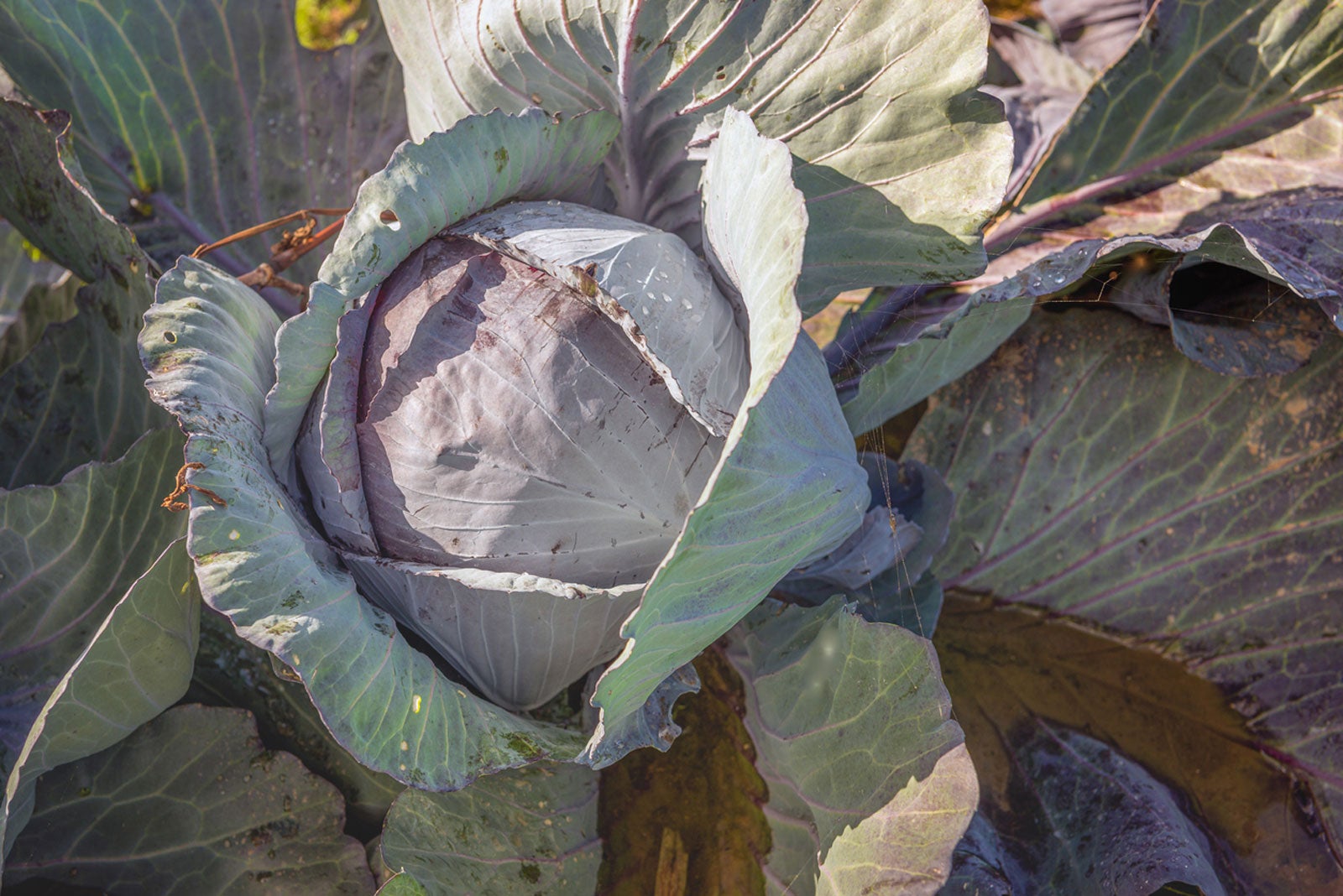Integro Red Cabbage – How To Grow Integro Cabbage Plants


Red cabbage is colorful and jazzes up salads and other dishes, but it also has unique nutritional value thanks to its deep purple color. A great hybrid variety to try is the Integro red cabbage. This medium sized cabbage has a stunning color, good flavor, and is great for eating fresh.
About the Integro Cabbage Variety
Integro is a hybrid variety of red, ballhead cabbage. Ballhead varieties are the classic shapes you think of when imagining cabbage – compact, round balls of tightly packed leaves. This is the most common type of cabbage and all ballheads are great for eating fresh, pickling, making sauerkraut, sautéing, and roasting.
Integro cabbage plants are medium in size, with heads that grow to about 3 or 4 pounds (around 2 kg.) and 5 to 7 inches (13-18 cm.) high and wide. The color is a deep purple red with a silvery sheen. The leaves are thick and shiny. Integro’s flavor is described as sweeter than average.
Growing Integro Cabbages
Whether starting indoors or out, sow these red cabbage seeds to a depth of just a half inch (1 cm.). If starting seeds inside, start four to six weeks before you plan to transplant outdoors. For starting outdoors, wait until the soil is at least 75 degrees F. (24 C.). Integro matures in about 85 days. Space transplants outdoors about 12 to 18 inches (31-46 cm.) apart.
Choose a sunny spot for transplanting and growing cabbages. Make sure the soil is fertile and add in compost before planting if necessary. The spot should also drain well to avoid excess moisture in the ground.
Cabbage needs to be watered regularly, but water on the leaves can lead to disease. Water plants at the base only. Typical pests you may see include slugs, cabbageworms, cabbage loopers, and aphids.
Integro is a later variety of cabbage, which means it can stay in the field a while. In other words, you don’t have to harvest the heads as soon as they are ready. The heads will also store well indoors after harvesting.
Sign up for the Gardening Know How newsletter today and receive a free copy of our e-book "How to Grow Delicious Tomatoes".

Mary Ellen Ellis has been gardening for over 20 years. With degrees in Chemistry and Biology, Mary Ellen's specialties are flowers, native plants, and herbs.